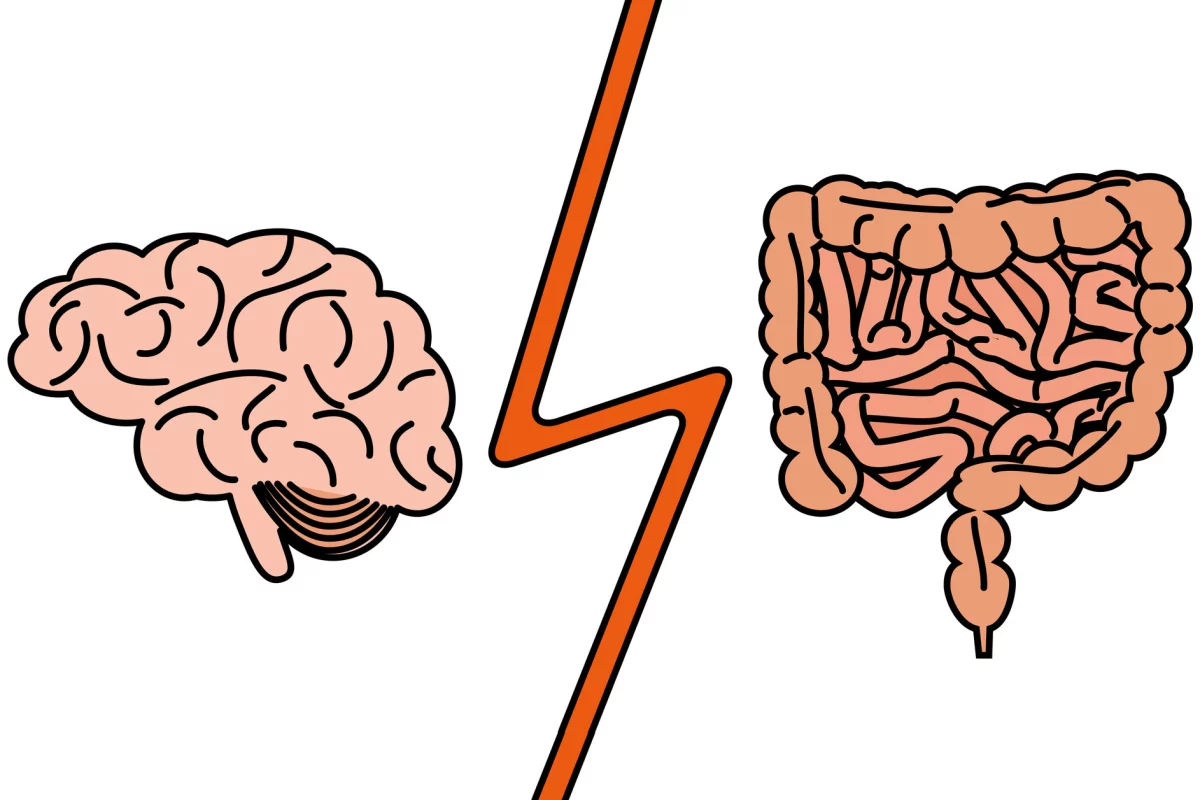A new paper published in the journal Nature Neuroscience is adding weight to the growing hypothesis suggesting the toxic protein clumps that cause Parkinson’s Disease begin aggregating in the gut before travelling to the brain. The study, led by scientists from Caltech, points to a particular enzyme that may prevent these proteins from initially clustering in the gut.
The primary pathological sign of Parkinson’s disease is the progressive cell death of the brain's dopamine-secreting neurons. This is thought to be caused by Lewy bodies, which are toxic clusters of a protein called alpha-synuclein.
In the early 2000s German scientist Heiko Braak published a series of studies with a controversial hypothesis suggesting the damaging Lewy bodies first form in the gut, before moving up into the brain via the vagus nerve. The Braak hypothesis is still relatively divisive to this day, however, a number of recent studies are beginning to build a body of evidence backing it up.
A significant study last year demonstrated in mice how these Lewy bodies can move from the gut to the brain. Importantly, that research also found that severing the vagus nerve effectively halted the spread of these toxic proteins from the gut to the brain. This new research from Caltech scientists set out to better investigate the mechanisms by which these proteins move from the gut to the brain.
The first stage in the new research involved injecting preformed alpha-synuclein aggregates into the duodenal intestinal lining of mice, in order to follow the progression of these protein clusters. The experiment did indeed demonstrate these Lewy bodies can move from the gut up into the brain-stem.
Interestingly, the researchers noticed that although the alpha-synuclein clusters progressed similarly in both younger and older mice, only the older mice displayed subsequent motor impairments and gastrointestinal disturbances. So, what was causing these fundamental symptomatic differences between younger and older animals?
"As we get older, we're not as efficient at dealing with pathogens or misfolded proteins,” hypothesizes Colin Challis, first author on the new research. “Parkinson's disease may be an example of this."
One of the more interesting discoveries in Parkinson’s research over the last few years was the finding that an enzyme, called glucocerebrosidase (GCase), plays a major role in helping clear alpha-synuclein clusters from the brain. Some brain autopsy studies have subsequently revealed deceased Parkinson’s patients display decreased levels of GCase.
The new study homed in on this relationship between age, GCase levels, and Parkinson’s symptoms, first identifying lower levels of GCase gastrointesinal production in older mice. The hypothesis was that age-related decreases in GCase production exacerbate the pathological symptoms generated by these gut-derived alpha-synuclein clusters.
This hypothesis was somewhat verified using gene therapy to stimulate gut production of GCase. Increasing levels of this enzyme in the gut did restore gut function and also reduced the aggregations of alpha-synuclein clusters in gut neurons.
"Mutations in the gene that encodes GCase are responsible for Gaucher disease and a risk factor in PD [Parkinson’s Disease],” explains Viviana Gradinaru, corresponding author on the new study. “Our work shows that this gene can be delivered by AAVs (adeno-associated viruses) to rescue gastric symptoms in mice, and emphasizes that peripheral neurons are a worthwhile target for treating PD, in addition to the brain."
The published study does make clear it is unlikely that GCase deficiency alone is enough to initiate alpha-synuclein aggregation to the point of clinically apparent Parkinson’s disease. Instead, it seems more likely that age-related diminishing GCase functionality promotes the pathological processes that lead to the disease, adding compelling evidence to the gut-brain hypothesis for Parkinson’s.
The new study was published in the journal Nature Neuroscience.
Source: Caltech




